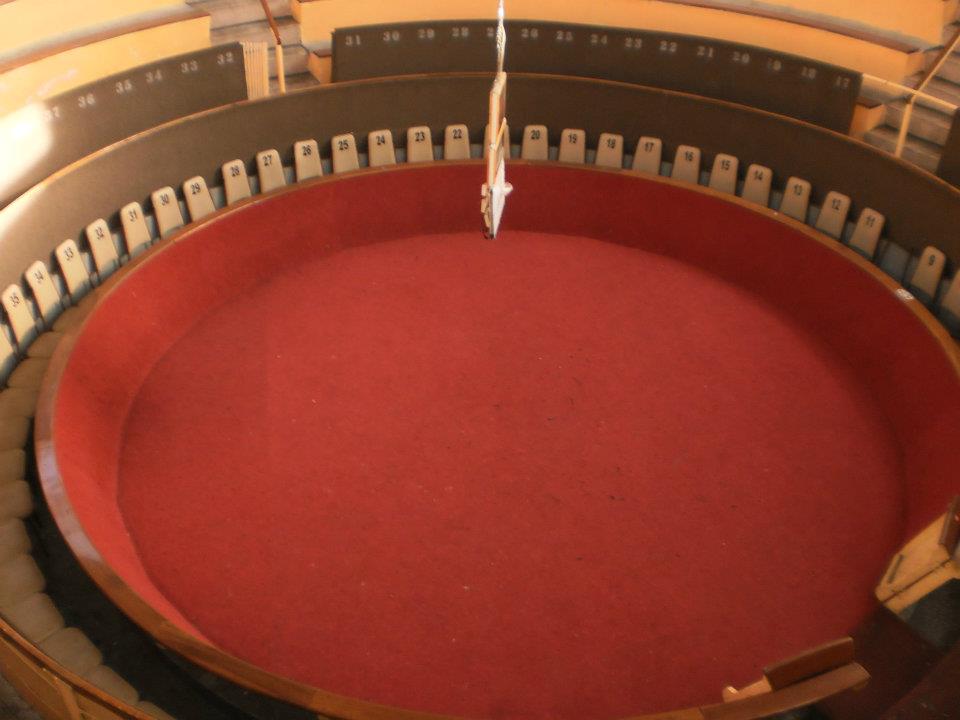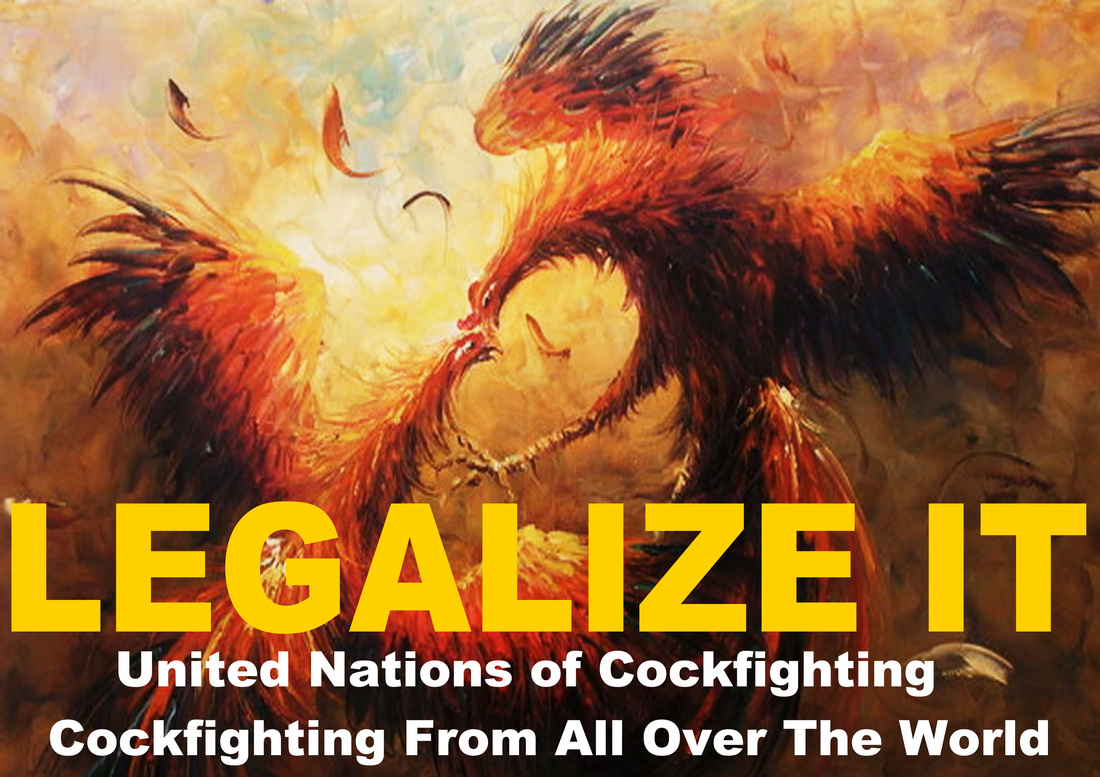|
Taped Spurs as the cockfighting weapons. Many countries practiced cockfighting with taped spurs. Popular in India, Pakistan, Bangladesh, Afghanistan, Indonesia, Thailand, Philippines, and Belgium. Taped Spurs are done differently in world wide. In a certain country or vicinity, the cloth need to be wrapped around 7 times covering the natural pointed spurs. In some countries, the spurs has to be cut then taped. Nowadays, some countries are using sparring gloves or sparring muffs instead of cloth wrappings.
0 Comments
Naked Heels as cockfighting weapon is popular in many countries from all over the world. From Latin America, Europe, Near Europe, Middle East, Indian Subcontinent, East Asia, Central Asia, Southeast Asia, South America and North America. Long pointed natural spurs, cut natural spurs, or natural spurless. Cockfighting Arena of Sangolquí, Ecuador. Sangolquí is the seat of the Rumiñahui canton in the province of Pichincha in northern Ecuador. Access to the city of Quito through the village of Tumbaco or through the "Autopista General Rumiñahui" (General Rumiñahui Highway). Currently has the largest shopping center in Ecuador named "San Luis Shopping" but it isn´t the most complete. It counts with a prestigious university ESPE, one of the best universities in the whole country, and schools like: Colegio Liceo del Valle, Colegio Antares, Liceo Naval Quito and "Émile Jaques-Dalcroze" High School which offers International Baccalaureate and it is an authorized centre for University of Cambridge ESOL Examinations Ecuador (i/ˈɛkwədɔr/ e-kwə-dawr), officially the Republic of Ecuador (Spanish: República del Ecuador [reˈpuβlika ðel ekwaˈðor], which literally translates to the "Republic of the Equator") is a representative democratic republic in South America, bordered by Colombia on the north, Peru on the east and south, and by the Pacific Ocean to the west. It is one of only two countries in South America, along with Chile, that do not have a border with Brazil. The country also includes the Galápagos Islands in the Pacific, about 1,000 kilometres (620 mi) west of the mainland. The main spoken language in Ecuador is Spanish. Ecuador straddles the equator, from which it takes its name, and has an area of 275,830 km2 (106,500 sq mi). Its capital city is Quito, which was declared a World Heritage Site by UNESCO in the 1970s for having the best preserved and least altered historic center in Latin America. The country's largest city is Guayaquil. The historic center of Cuenca, the third largest city in the country, was also declared a World Heritage Site in 1999, for being an outstanding example of a planned inland Spanish style colonial city in the Americas. Ecuador is also home to a great variety of species, many of them endemic, like those of the Galápagos islands. This species diversity makes Ecuador one of the 17 megadiverse countries in the world. The new constitution of 2008 is the first in the world to recognize legally enforceable Rights of Nature, or ecosystem rights. Ecuador is a presidential republic and became independent in 1830, after having been part of the Spanish colonial empire and the republic of Gran Colombia. It is a medium-income country with an HDI score of 0.720 (2011). Source: |
Categories
All
Archives
January 2013
|




 RSS Feed
RSS Feed
